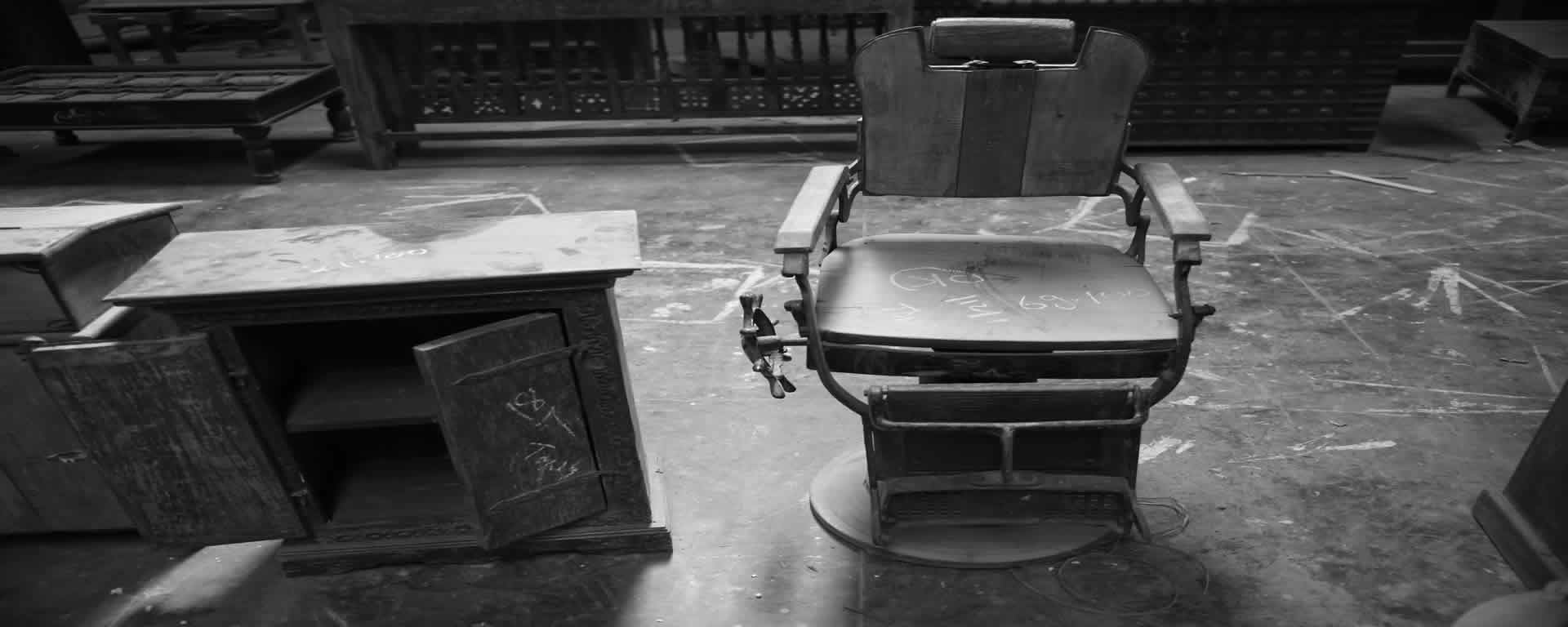It was approximately in 1961.Wooden dolls were made during Gangaur, Gangaur is colorful and one of the most important festivals of people of Rajasthan and is observed throughout the state with great fervor and devotion by womenfolk who worship Gauri, the consort of Lord Shiva during March–April. It is the celebration of spring, harvest, and marital fidelity. So a thought crossed my mind. We tried to make something like that here, but no one was experienced enough to make them. Then we went to Nagaur where there were one or two qualified craftsmen. So, they started to work for us. They used to work for one month and after that, we used to bring the items to Jodhpur. But then there were no painters available here at that time. So, we used to pack them and take them to Nathdwara by bus or train. After 10 days, when the painting was finished we used to bring them back here. Then again we had to take them to Delhi or Mumbai where we stayed in hotels for 10 days. During our stay, we used to take them to each and every shop to sell. Back then Jodhpur did not have many buyers. Gradually our work got recognized and craftsmen were willing to work with us in Jodhpur. We hired 5 to 7 craftsmen initially. As they got convinced that no huge capital was required for this, rather just a few instruments were enough, we got up to 10 craftsmen by our side. This was the beginning and now 50,000 to 75,000 families are involved in handicrafts business. Now Jodhpur has become a 2nd highest exporter of handicrafts in the country.
Jodhpur is a dry area expanded over 200 km. So, when every craftsman started making things from not only wood but also marble, sand etc the entire aura of the city changed. Seeing this growth, Bhairon Singhji, the then president of India gave me the lifetime achievement award in 2004 for my contribution in handicraft development in Delhi. Since then the growth has been so enormous that now it has become a huge market.


